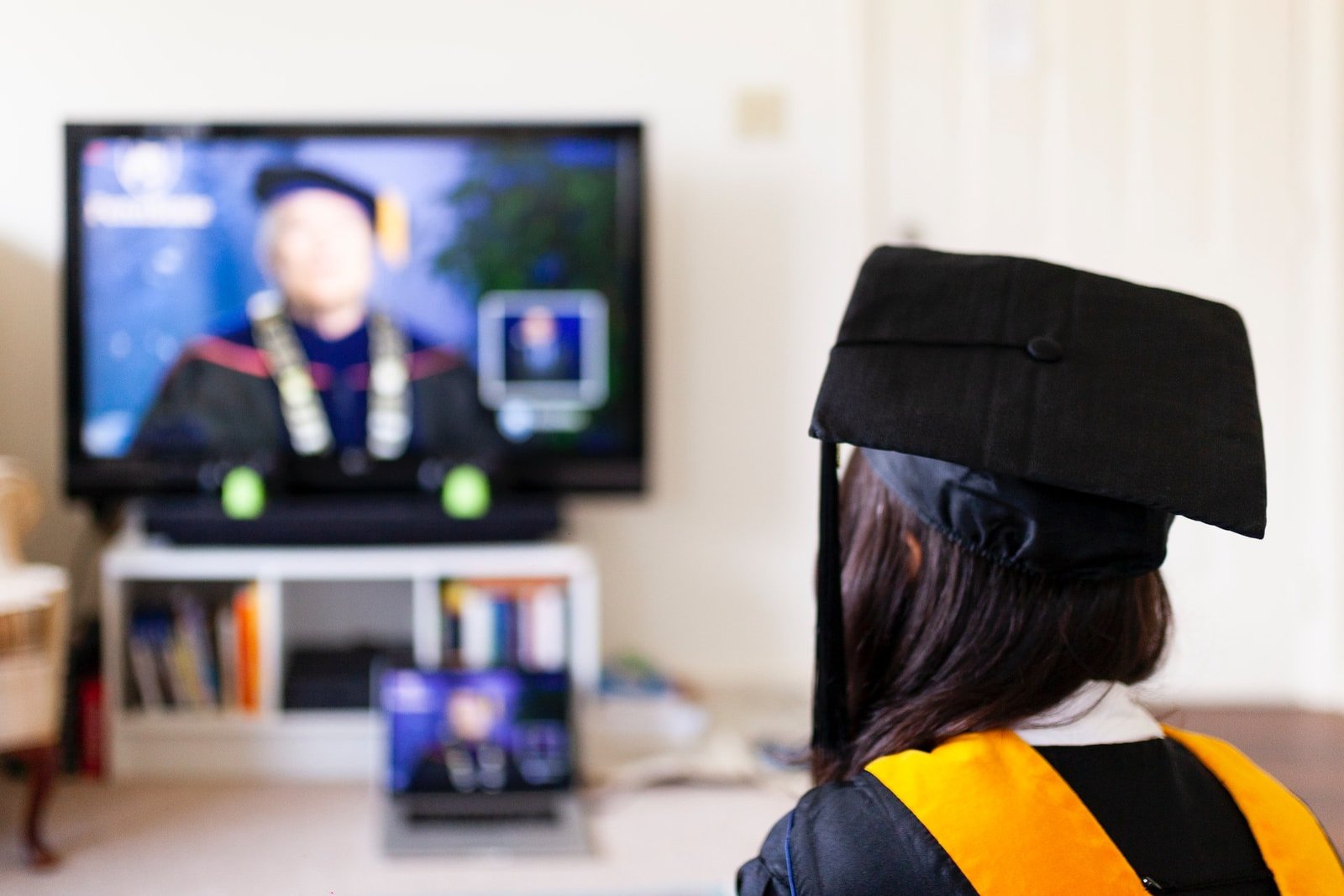Online Education And Its Disruptive Nature
Innovations in technology these days are giving students and educators the leverage to engage using online tools in the group and individual settings. On average, 30 percent of the student body was already taking online courses before the global pandemic set in. It is preceded that a total of 60 percent of the student body will undergo online classes permanently in the future. COVID-19 is only increasing the conversion to eLearning.

The concept of virtual learning is nothing new in the training industry, yet it has gained momentum of late with the massive increase in the use of social media and increased access to learning content. In many companies, unrestricted access to online learning has been the fundamental objective of corporate training organizations in recent years.
Covid19 Test: Hybrid Model To Further Learning
Social distancing requirements due to COVID-19 are affecting social environments on campus, as well as laboratory, technical, and vocational instruction.
Higher education institutions are forced to rethink class sizes and the availability of courses.
To address this challenge and get on with the changes, some higher education institutions are actively providing training, seeking out hybrid instructional models, and promoting campus-wide safety protocols.
Hybrid instruction is a model where online instruction is amplified with traditional on-campus instruction or vice versa. Furthermore, colleges and universities are considering offset scheduling where minor groups will be permitted to meet and work together on campus.
We expect to see community colleges and universities continue to expand their infrastructure and technological resources to accommodate online learning and student needs beyond COVID-19.
What Needs To Improve in IT And Tech?
With the transition to virtual instruction, we see a decreased need for traditional classroom spaces and faculty offices. Because of the ever-increasing growth of online learning, we will also see a need for more information technology, adaptable and flexible spaces that accommodate a variety of uses.
What This Means For Online Learning
Many colleges and universities have been taking advantage of technology — the leverage to further higher education with the help of IT infrastructure.

That said, the costs that are typically present in traditional learning e.g. classroom spaces, salaries, textbooks, and other school requirements have been significantly reduced.
Campuses will continue to focus and suffuse resources to expand ergonomic solutions for short- and long-term use, seek out flexible learning environments, and grow social and student-owned spaces that reinforce varied modalities of learning and teaching.
Laboratory instruction, technical, and vocational training will continue to evolve using digital tools to create training materials but will remain tethered to the physical environment on accounts of the kinesthetic and tactile needs of their programs.
Higher education through online learning is no doubt forcing our society to rethink its educational models, their value, and delivery.
What Will Change – Regarding Students, Teachers, and Skills?
As eLearning technologies continue to progress, teachers have wider access to a variety of online tools, academic resources, and learning content, affording them the opportunity to create a more lively and interactive learning environment for their students.

In the past, implementing online learning technologies in the classroom came with its own share of difficulties. Teachers could encounter problems manually uploading student information or troubleshooting unwieldy learning software.
Valuable time could be spent struggling with bulky and unaccommodating virtual learning programs instead of developing lesson plans, building presentations, and/or answering student questions.
Given the improvements of more modern and accessible learning technologies, schools can save time by easily automating administrative tasks such as MBA admissions, share rich content and interactive media across the Internet, and tailor individual learning paths, ultimately connecting their students in new and exciting ways.
Questioning The Necessity Of A Campus Life
Although campus life is still very much a part of many students, online learning does not have to take place in a traditional classroom anymore. The current crisis paved the way for many programs educators can deliver content to their students.
This method enables a student’s full immersion in the course material by giving them the opportunity to engage in the material on portable devices, such as laptops or smartphones. By harnessing the capabilities of these modern, everyday technologies, students can access content anytime, anywhere.
While at home, they can review the lecture in another format, such as a PowerPoint presentation. If the student has further questions, an online learning program gives students the chance to communicate directly with the teacher or other students within a specific online learning environment.
On the other hand, not experiencing the campus life — physical social interaction in traditional learning — has many students enrolled in virtual learning missing out a whole lot: the normal activities with peers, having to rent and share a room at a dormitory, late-night cramming with a classmate or group.
What Does This Mean For Educational Institutions – College, University, and School?
For a long time, colleges and universities have recognized the merits of participation and collaboration within the classroom. Today’s virtual learning programs take this to the next level.
Students and teachers have many different ways of interacting with the course material, most of which are incredibly convenient. From video and audio programs to forums and online chats, there are options for every learning style.
Not every student learns information the same way, so the ability to offer varied choices is an important step to ensuring the success of all students.
Final Thoughts
Education is key to success and advancing into every aspect of life. so a high school diploma is what each of us should at least carry.
A college degree is equal to higher pay. In the U.S., statistics indicate that college degree holders earn 40% more compared to high school grads.
One also has better chances of securing a job. With a college degree, it carries the luxury of trying out different careers. After earning a degree, a wider set of job opportunities open up to individuals who have decided to continue higher education.

This also means fewer chances of being poor. Higher education does not just help us with enough specialization skills, but general education as well that helps an individual develop a deeper cultural and political sense.
With the current condition of the economy, most of us need to land a job as early as getting that high school diploma, and this is where virtual learning plays a significant role: to continue absorbing knowledge the best we can so we can further our skills, and get a career that truly suits us.



